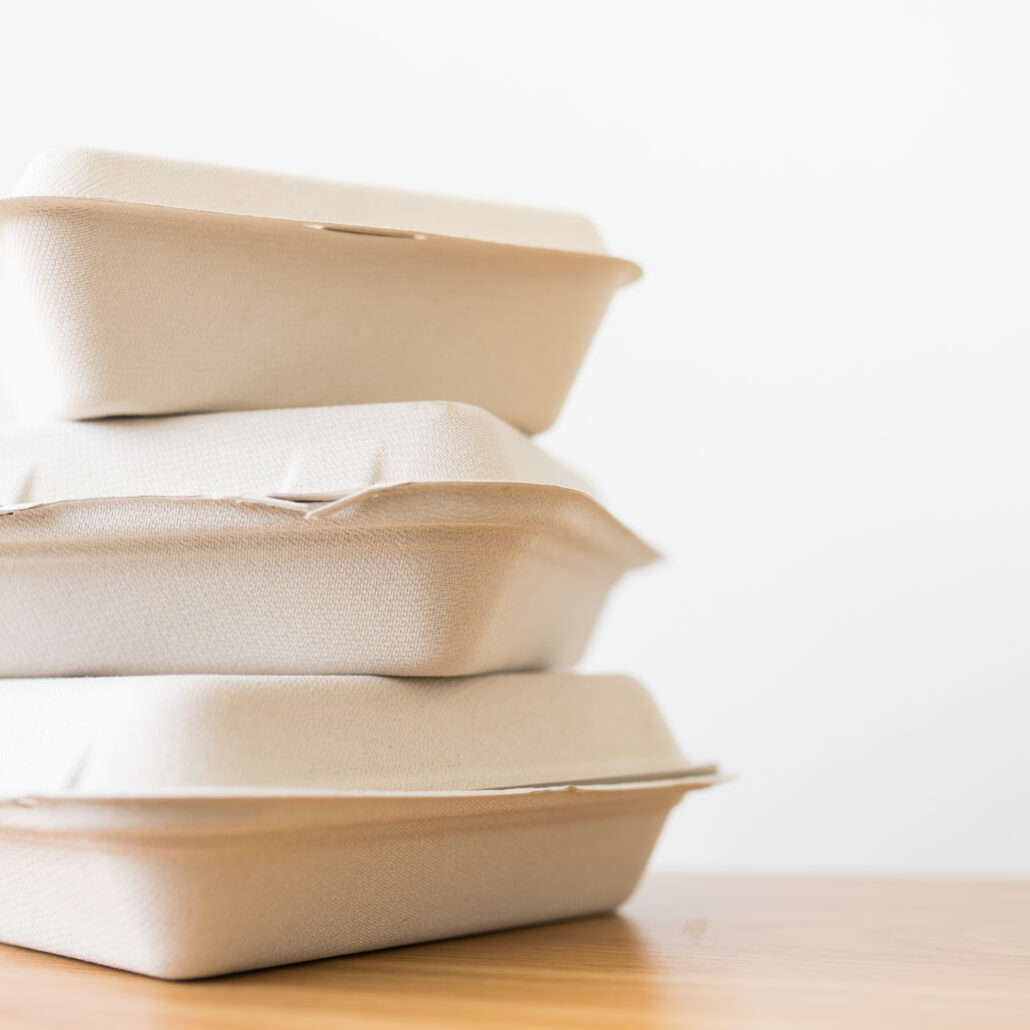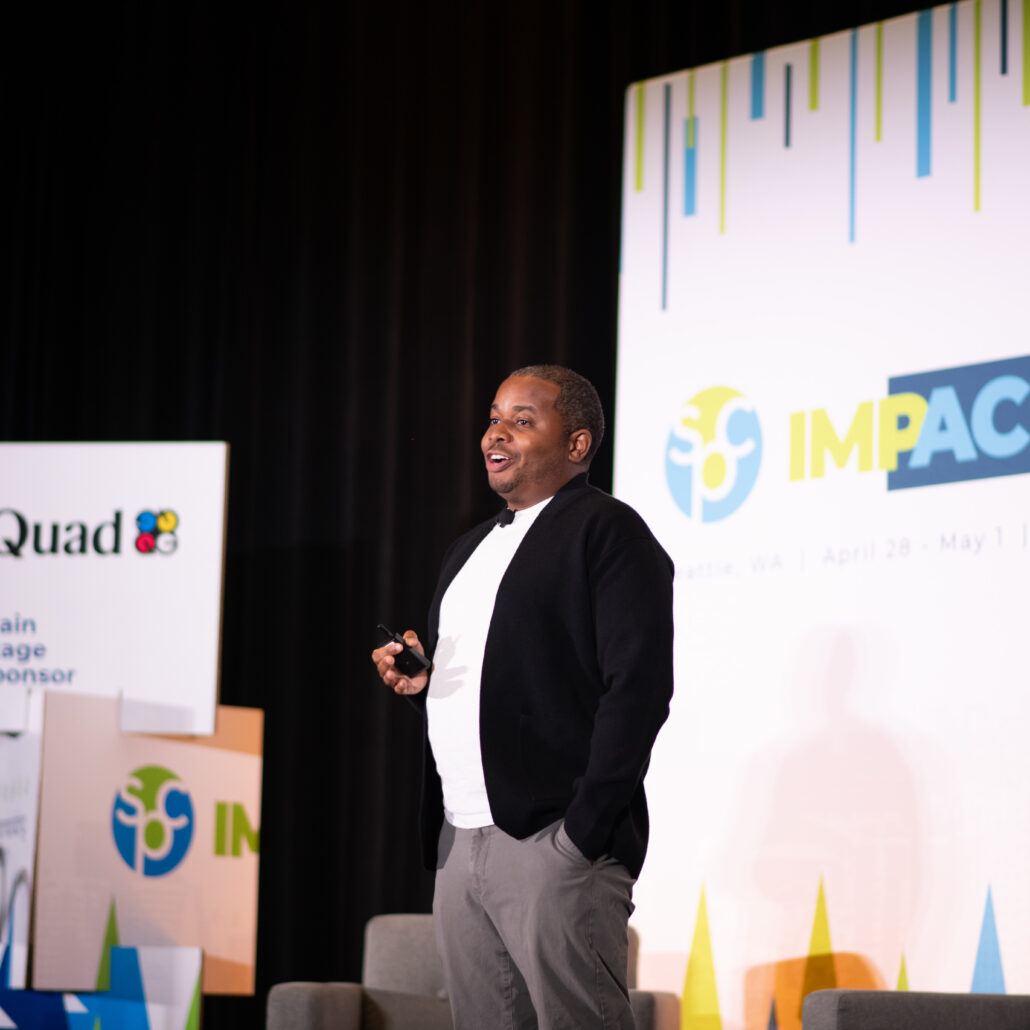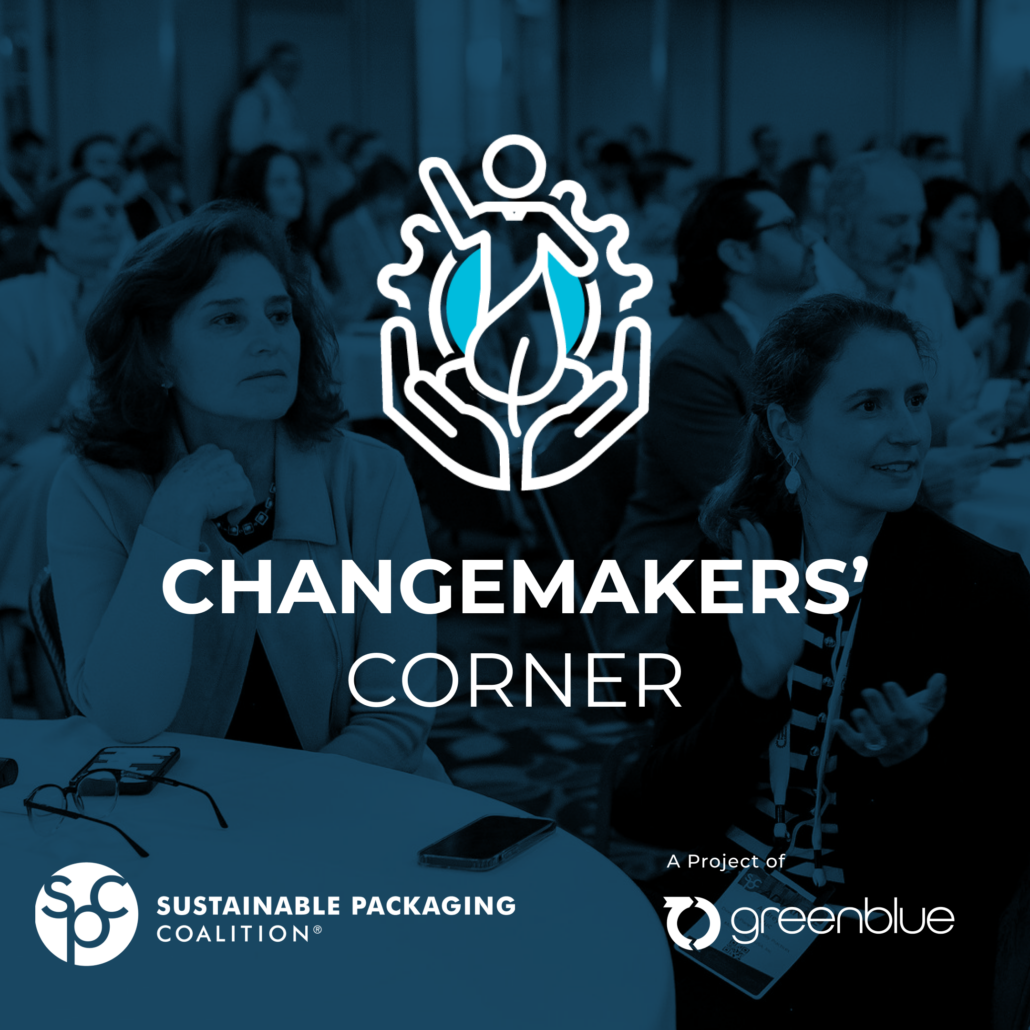As companies work towards goals to make their packaging recyclable or compostable, and use more recycled materials as feedstock, hazardous chemicals are emerging as an increasingly relevant challenge. While compliance with food contact and other regulations applicable to chemicals in packaging has always been important, we are now seeing that the choice of chemicals in the packaging design phase can have an impact well beyond the limited lifespan of the package, and affects its ability to be used as recycled input for new packaging materials or products, or as feedstock for compost. To help companies tackle this challenge, the Sustainable Packaging Coalition, a project of GreenBlue, is excited to announce the launch of CleanPackage, a new shared registry of verified safer alternative packaging materials that will serve as a resource for SPC members working to improve the safety and circular potential of their packaging materials.
Different companies are at different stages on their safer chemistry journeys. The first step is simply transparency: understanding what substances are in a product. The second is screening materials to ensure that they don’t have known chemicals of concern that might be restricted by regulations, on restricted substance lists (RSLs), or on other authoritative lists. While these are important first steps, they don’t ensure that all substances in a material are truly safer for human and environmental health throughout the material’s life cycle. Suppliers and manufacturers trying to do that will need to move on to the next level: full chemical hazard assessments of all chemicals present in a material. This level of assessment can feed into certification programs, which ultimately make it simpler for buyers to specify safer packaging.
But full chemical hazard assessments aren’t easy to come by. It’s a lot easier to prove that something is hazardous than to prove that something is safe. Chemical hazard assessments look at a wide range of human and environmental health endpoints. If a substance is a carcinogen, for example, it’s easy to say that it is not inherently safe. But alternatives may have data gaps that make it hard to know for sure that they are truly safer.
It takes a lot more information to prove that a chemical is inherently safe than it does to prove that it is toxic. Just knowing that a chemical is a known carcinogen or that it causes skin sensitization can be enough to rule it out as a good candidate or product application. But to be sure that it is inherently benign for its intended use means that data gaps must be filled. A lack of hazard data does not mean that a chemical is inherently benign.
— Lauren Heine, Ph.D., Co-Founder and Director of Science and Data Integrity, ChemFORWARD
ChemFORWARD is changing this by creating broad access to chemical hazard data and illuminating safer alternatives. They provide access to trusted comprehensive data, utilizing a shared data repository designed to leverage existing chemical hazard assessments, reduce costs, and increase consistency of reviews. This is a great way to manage information for individual chemicals. But companies don’t usually buy chemicals by their chemical name and CAS number– they buy trade name materials from their suppliers, which may contain mixtures of chemicals, and in many cases, the exact composition is a trade secret. We realized that there is a need to bridge the gap between hazard data that may exist for individual chemicals and these trade name materials.
That’s where CleanPackage comes in. Building on the model used by GreenBlue’s CleanGredients in the cleaning products industry, CleanPackage is a registry where companies in the packaging supply chain can find trade name materials that have been verified through ChemFORWARD SAFER and other credible programs, including Cradle to Cradle Certified (Material Health Gold or higher) and GreenScreen Certified (Gold or higher). Each of these programs have rigorous disclosure requirements, and rely on third-party assessors and chemical hazard assessments.
ChemFORWARD’s shared repository of chemical hazard assessments lowers cost, increases consistency, and speeds the screening of trade name materials to enable the rapid scaling of the materials registry.
CleanPackage is designed to fill the gap in chemical hazard data for packaging materials. Through this program, suppliers can demonstrate human and environmental safety, and can build trust with their customers based on a rigorous, third-party-verified process. Confidential business information is protected, but purchasers can be assured that they are sourcing truly safer alternative materials for packaging, and through shared data, safer alternatives become more accessible to everyone.
What’s next? We’ll be working on adding materials to the registry – companies can submit qualified products for consideration here. We’ll also be creating more resources to help companies choose safer materials in packaging. We’d love to hear from members: where are your biggest challenges? Are there particular chemistries that you’re having a hard time phasing out? What safer alternatives do you need? Most of all, we hope that members will use CleanPackage to support their goals of using safe and circular materials in their packaging.





